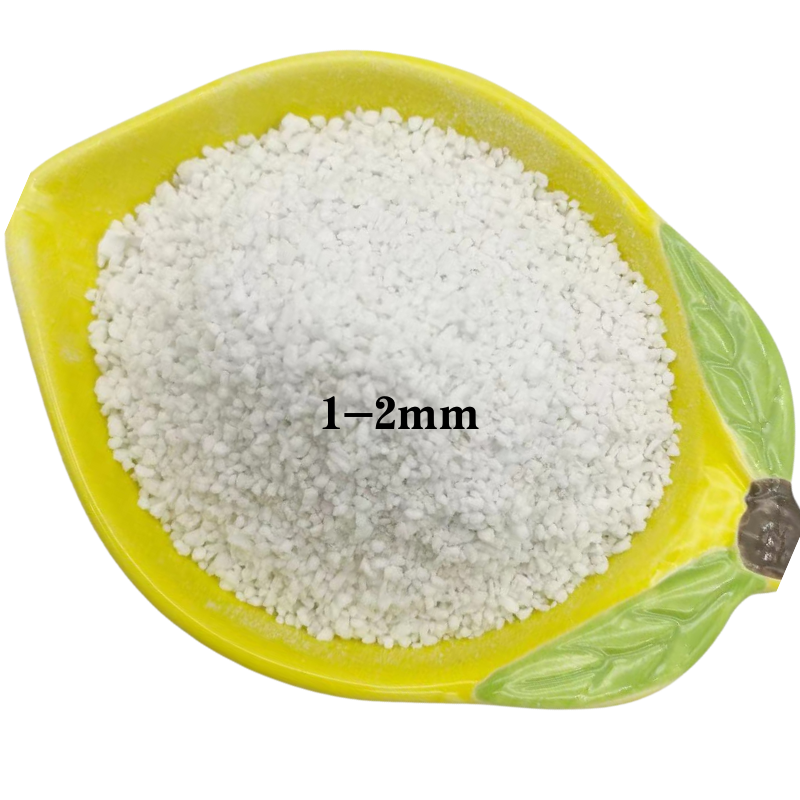
Microsilica Production Facilities and Their Environmental Impact on the Industry
Microsilica Factories Powering the Future of Construction and Material Science
In recent years, the demand for high-performance construction materials has surged, driven by the need for sustainable and durable building solutions. One of the key players in this transformation is microsilica, also known as silica fume. This byproduct of silicon and ferrosilicon production is gaining recognition in the construction industry due to its remarkable properties, including enhanced strength and durability. Consequently, microsilica factories are emerging as critical components in the supply chain of modern construction materials.
The Importance of Microsilica in Construction
Microsilica is a fine powder composed of silica particles that are less than 1 micron in diameter. When added to concrete and other building materials, it significantly improves the physical and chemical properties of the mix. The high pozzolanic activity of microsilica reacts with calcium hydroxide produced during the hydration process of cement, forming additional calcium silicate hydrates. This reaction not only enhances the strength of the concrete but also increases its resistance to chemical attacks, such as sulfates and chlorides, making it an ideal choice for harsh environmental conditions.
Moreover, microsilica can help reduce the permeability of concrete, leading to longer-lasting structures. As sustainability becomes a focal point in construction, the use of microsilica also contributes to reducing the carbon footprint of concrete production. By incorporating microsilica, manufacturers can reduce the amount of ordinary Portland cement required, resulting in lower CO2 emissions associated with cement production.
The Role of Microsilica Factories
Microsilica production requires specialized facilities that are equipped to handle the unique properties and challenges of this material. These factories must ensure strict quality control to produce microsilica that meets industry standards. The production process typically involves collecting the fumes generated during the silicon production process, which are then processed and packaged for distribution.
Modern microsilica factories are increasingly adopting automated technologies and advanced equipment to enhance efficiency and minimize environmental impact. Many facilities are designed with sustainable practices in mind, incorporating waste recycling systems and energy-efficient processes. By optimizing production and reducing waste, these factories not only improve their profitability but also contribute to the broader goals of sustainability in the construction industry.
microsilica factories

Market Trends and Opportunities
The global demand for microsilica is anticipated to grow substantially in the coming years, driven by the expansion of infrastructure projects and the increasing need for durable construction materials. As urbanization continues to rise globally, particularly in developing economies, there is a pressing need for innovative and resilient building solutions. This trend presents significant opportunities for microsilica factories to expand their operations and tap into new markets.
Furthermore, with the growing emphasis on environmental regulations and sustainable building practices, the adoption of microsilica is expected to increase among construction companies looking to enhance their green credentials. Materials that contribute to LEED (Leadership in Energy and Environmental Design) certification or other sustainability benchmarks will be in high demand, positioning microsilica factories as essential partners in achieving these goals.
Challenges and Considerations
Despite the promising outlook for microsilica factories, several challenges must be addressed. The fluctuating prices of raw materials, energy costs, and regulatory compliance can impact profitability. Moreover, factories need to invest in research and development to explore new applications for microsilica beyond traditional uses in concrete, such as in the production of advanced composites or in various industrial applications.
Conclusion
Microsilica factories are at the forefront of a transformative era in the construction industry, providing essential materials that enhance the performance and sustainability of building projects. As the demand for high-quality and resilient construction solutions continues to rise, these factories will play an integral role in shaping the future of construction and material science. By leveraging innovative technologies and sustainable practices, they can meet the challenges of tomorrow while contributing to the growing need for environmentally-friendly building materials. The future of construction is not just about stronger structures—it’s about smarter, more sustainable solutions, and microsilica is leading the way.
Share
-
Fly Ash Solutions Enhanced by GPT-4 Turbo | Sustainable InnovationNewsAug.01,2025
-
Natural Premium Bentonite Cat Litter - Superior ClumpingNewsJul.31,2025
-
Premium Resin Coated Sand - High Heat Resistance CastingNewsJul.31,2025
-
High Quality Silicon Carbide Grit for Abrasive ApplicationsNewsJul.30,2025
-
High-Quality Ceramsite for Plants & Gardening | Lightweight PebblesNewsJul.29,2025
-
Premium Burgundy Glass Marbles for Vases & Shooter GamesNewsJul.29,2025






